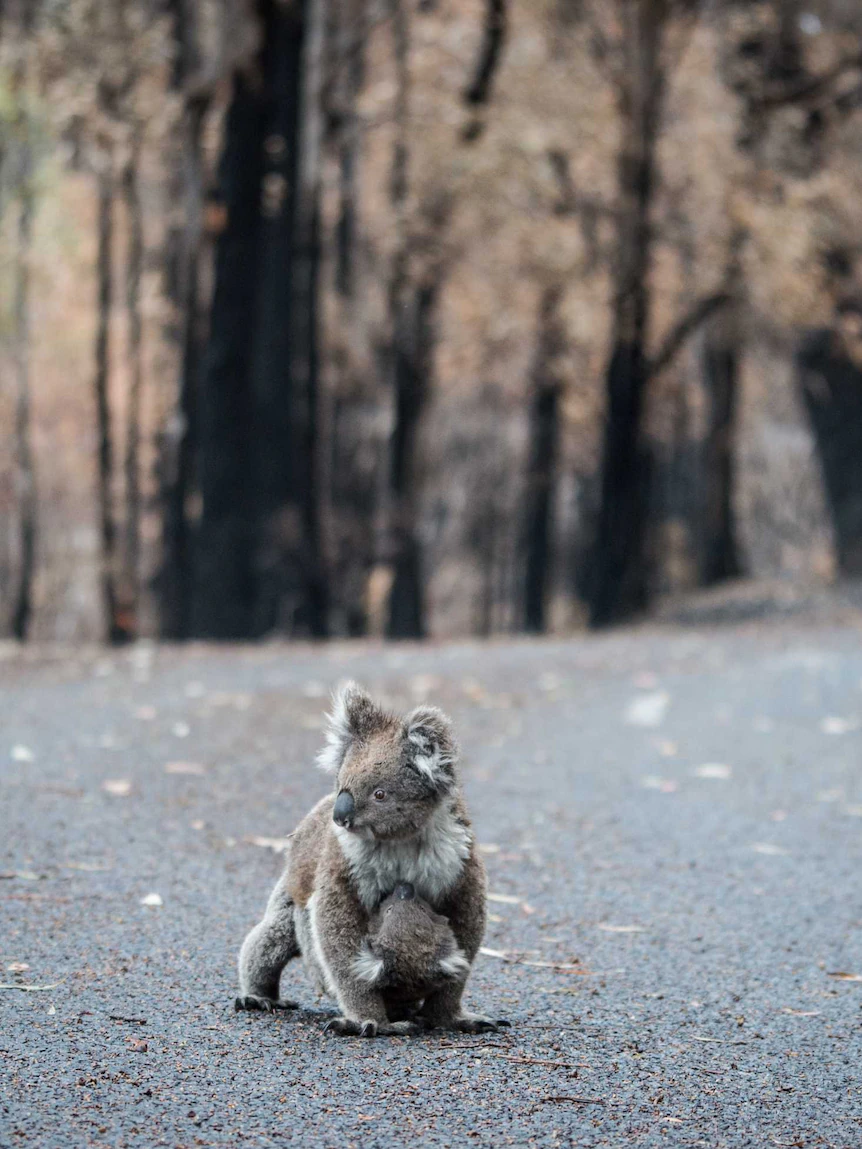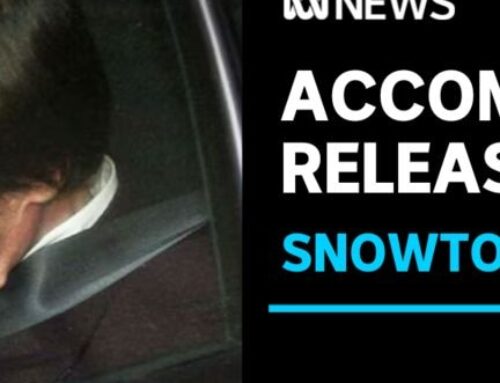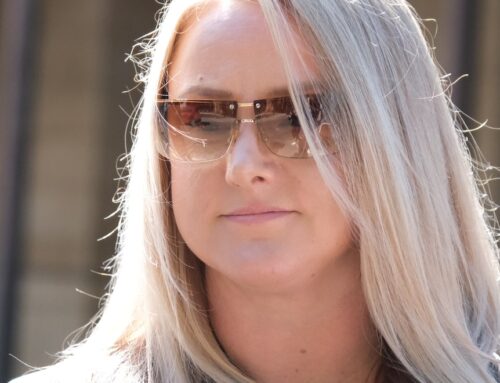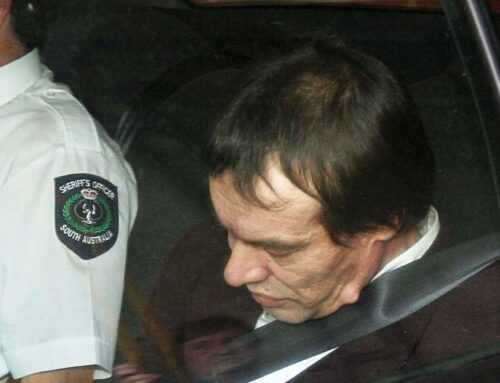Researchers have launched a web-based app that they hope will put Australia’s “threatened species crisis” at the top of the election agenda.
Key points:
- The app allows users to search for threatened species in their electorate and petition their local member
- Threatened species have been declining in Australia for decades
- Researchers have hit out at the government for failing to release a significant environment report it’s had since last year
Threatened Australians, which was launched last week, allows users to access a profile of all the threatened species reported to be found — or which were until recently found — in their electorate.
For each species that is recorded, there are details on what threats are causing the decline of the animals or plants in the selected electorate, and a “how to help” option.
That option takes the user to a pre-written email addressed to their local sitting federal member, outlining the steps that member needs to take to strengthen protections for the species at risk.
Other “how to help” options include connecting with NGOs working on local conservation projects.
It’s a politically non-partisan approach, which the developers said was born out of a recognition that “Australian species are in a disastrous state”.
App co-developer, conservation scientist James Watson from the University of Queensland, said he also hoped the tool would be used as a source of information for journalists, so that they might interrogate party leaders and environment portfolio holders on their policies.
“It’s also set up for journalists and other stakeholders to ask questions around wildlife — instead of gotcha questions around the inflation rate, I would much rather questions about wildlife in their electorates.”‘
‘Still time’ to put extinction on election radar
A number of researchers have been sounding the alarm over the continuing decline of Australia’s native wildlife, which Professor Watson said had become much worse over the past decade.
“It’s quite remarkable that the only real party talking about these wildlife issues is the Greens — the Opposition isn’t bringing this up,” he said.
“All the science points to the fact that we haven’t got a lot of time left — 10 to 20 years and a lot of these species will disappear, [but] there’s still a chance it can be on the radar as we head to the polls.”
Labor has since announced $224.5 million over forward estimates for a national threatened species program.
The Coalition has a Threatened Species Strategy, and committed $100 million to “protecting Australia’s biodiversity” in the budget.
The Threatened Species Index (TSX) is a database set up to measure the relative abundance of Australia’s threatened and near-threatened species in order to track the success or failure of conservation efforts.
According to the TSX data, on average there has been a steady decline in the relative abundance of birds, mammals and plants listed as threatened, vulnerable, endangered and critically endangered, going back to 1985, which is the earliest year for which they have data.
The rate of decline for birds, mammals and plants began to accelerate around the late 1990s to early 2000s.
Loading
Project manager for the TSX, Geoff Heard from UQ’s Centre for Biodiversity and Conservation, said the Millennium Drought was likely the initial cause of that sharp decline in animal abundance.
But habitat clearing, climate change, and bushfires combined to continue the downward trajectory long after the drought broke.
The TSX is currently compiling its latest datasets, which will bring its measurements up to 2019, and Dr Heard says he thinks the trend of loss will continue.
“Habitat loss and degradation continues to be the main threat in Australia, with climate change coming over the top and [presenting] a more dominant threat over the last 20 years,” Dr Heard said.
“So I would expect that trend to continue and potentially worsen — it wouldn’t surprise me if it’s worsened.”
The Threatened Australians app developers note that the wildlife records for every electorate may not be perfect, but that they’ve sourced their data from “the only current federal data available”, according to a statement on the website.
One of those data sources — the Atlas of Living Australia — relies on information from citizen scientists reporting their own wildlife sightings.
“We wanted to utilise what is available to the public via the Australian government,” the developers said.
Euan Ritchie, a professor of wildlife ecology and conservation at Deakin University, said that lack of funding for science and the environment was one of the reasons it was difficult to get accurate wildlife distribution data.
“I think there’s great potential for a tool like this, so a member of the public can see what species are in their area,” Professor Ritchie said.
“For so many species, unfortunately, because of lack of funding, we don’t have good biodiversity monitoring.”
Voters ‘have a right to see’ environment report before election
The release of the app comes amid criticism of the government’s failure to release the State of the Environment Report before the election.
The report, which is a comprehensive five-yearly independent assessment of the state of Australia’s environment, was slated to be released early this year.
After a review process by scientists last year, it was reportedly given to Environment Minister Sussan Ley last December.
Under the Act, the Minister has 15 parliamentary sitting days to release it. The House has sat for 12 days since December.
Ms Ley’s office did not respond to a number of questions put forward by the ABC.
However, an emailed response said that the report would be released “within the statutory time frame set out under the Act”.
Professor Ritchie said Australians had a right to see the report before the election.
“It’s the most comprehensive environmental assessment we have,” Professor Ritchie said.
“We know we’re in the middle of this extinction and environmental crisis and Australian voters see climate change and the environment as the most important election issues.
“[They] have a right to see that assessment before they vote.”
He says the report will probably tell us what we already know, but insists biodiversity loss should be part of the agenda this election.
Professor Watson said releasing the report was crucial to accountability, and that more questions needed to be asked about biodiversity loss during the election campaign.
“It’s no wonder that iconic species like the koala and platypus — that people around the world would expect us to be propping up and saving — have been going backward in the last 10 years,” he said.
“Surely the government should be held to account and asked, ‘What are you going to do to change the course for threatened species?'”
Space to play or pause, M to mute, left and right arrows to seek, up and down arrows for volume.





